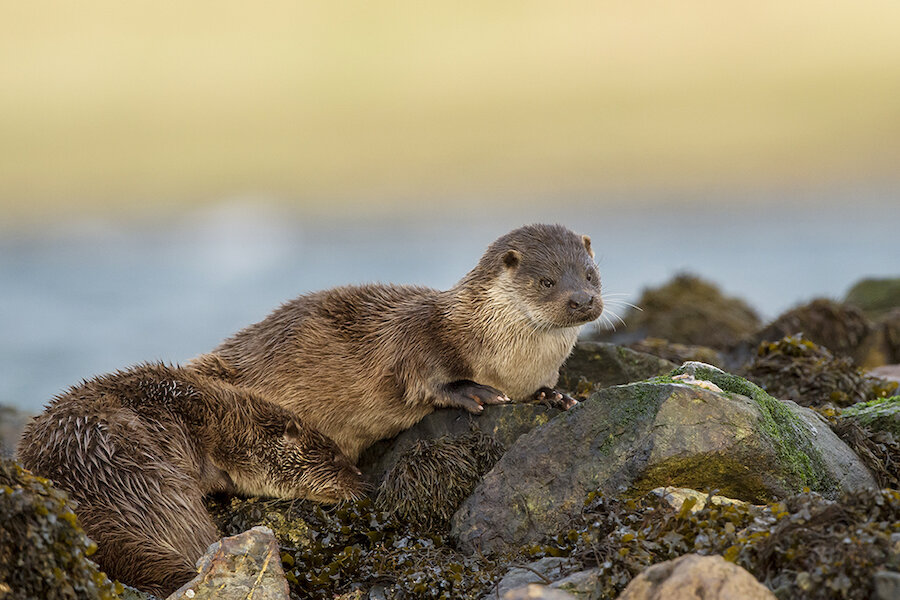Shetland’s incomparable wildlife is one of our most impressive assets, but with another jaw-dropping voe, cliff or moorland around every corner, it can be hard to work out the best places to experience it. Alex Garrick-Wright asks a number of local wildlife experts about their favourite places to experience Shetland’s nature.
Images by Brydon Thomason
Richard Shucksmith
Richard is an award-winning wildlife photographer, ecologist, writer and wildlife guide renowned for his stunning otter and seabird photography, and was one of the local wildlife experts consulted by the BBC for Wild Shetland. View Richard's website
“That’s a difficult question! It depends what you want to see. You can be going to Hermaness, to the seabird colonies at Hermaness and Noss, if you want to see seabirds. If you want to see killer whales, you just need a bit of luck, and they could turn up anywhere. Otters; they’re everywhere, really- any of the voes on Mainland Shetland all the way up to Unst.
“All the species you find in Shetland are not all in the same place. So, a lot of people come to Shetland to see red-necked phalaropes, a lot of people want to see red-throated divers. You see them a lot on a lot of lochans dotted all around Shetland- we have the highest density of breeding red-throated divers in Scotland. Otters, like I say, you can pick them up all over, and seabirds? We have amazing gannetries, and Hermaness is spectacular.
“I would say that probably most people who come to Shetland, a ‘must’ place to go would be to go to Hermaness. Actually, some of the filming we did, and some of what will appear is at Hermaness.
“I’d say go to Hermaness, go to Noss, go to St Ninian’s, go to Eshaness. Explore some of the beaches and voes if you want to see otters, and with killer whales just basically get to Shetland, get on the social media sites, on the Shetland Orcas Facebook page and get looking!”



